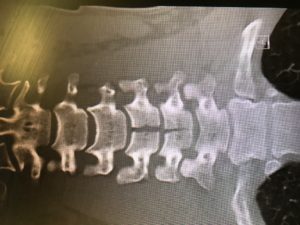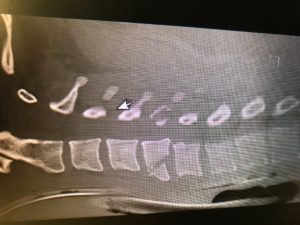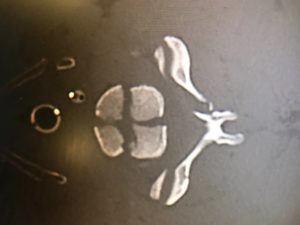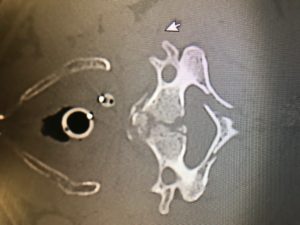Patient presents in cardiac arrest. Found outside on Broadway (all hypothetical). While moving him into EMS truck, patient lost pulse, went into cardiac arrest. Multiple defibrillation and code drugs later, patient maintained to be in v fib. Presents intubated, GCS 3T. On quick secondary survey, patient cold to touch and mottled/cyanotic extremities. ET tube confirmed by auscultation and chest rise. Chem 8 shows nl K, other labs unremarkable. Rectal temp unable to read. Bladder temp reads 75. Go.
We’ve learned some hallmarks of rewarming cardiac arrests. The main point to come is that it will be a slow process that takes a ton of resources. You can find the grading system of hypothermia online; however, here we are specifically talking about severe hypothermia <28C without vitals. Here are my following recommendations:
- Have plenty of people in line to do chest compressions, unless you can swipe a Lucas machine from EMS
- Start active rewarming early, as it takes a very, very long time. We used the gaymar blanket below the patient, applied the ARCTIC SUN (typically used to cool post cardiac arrest, but can also warm), bear hugger. This sounds like a lot but you will be surprised that this may only warm the body 1-4 C an hour if you are lucky. Keep a temperature sensing foley in or use the one on the Arctic sun. CONTINUE CHEST COMPRESSIONS.
- According to Tintinalli’s you can give up to 3 doses of code drugs/defibrillations until above 80. I’ve seen places in the literature to not start shocking again until you have them above 80 degrees and some say as high as 32 C (89F).
- Start prepping for more advanced warming. Hypothetically if you were in a place that has ECMO, you would send them straight there as that has the quickest rewarming period of all interventions. However, if you do not have ECMO, then proceed to other means. When doing chest tubes, we preferentially avoided to L side as we were continuing chest compressions and placed 2 on the R side. One anterior mid clavicular line at 2nd intercostal and the other large bore tube on posterior axillary line at 4th/5th. Theoretically I always imagined a closed circuit to continuously reuse and pump warm water in. This was not the case. You can use the rapid transfuser to warm 1L NS and let it run to gravity into the anterior chest tube while clamping the posterior tube, Keep 500cc to 1L in the chest for 15 minutes then let it run into the atrium and bolus another 500cc in. KEEP A TAB ON THE AMOUNT OF FLUIDS GOING IN AS WELL AS OUT. You can also place an NG tube and put war m(40-42C) fluid into the stomach for rewarming. 500cc-1L in the bladder Q15-20 minutes.
- Once they get to able 80-ish degrees you may see some change on end tidal or rhythm strip itself. Now begin your regular ACLS, but keep rewarming.
- There isn’t much to be found on whether or not to continue with code drugs during the sub 80F. Tintinalli’s is vague on it as well as they note to continue with if it seems to be working. I would opt not to fluid them with epinephrine until you get the body warmed and some warm blood flowing.
Overall: the old adage holds up. “They are not dead until they are warm and dead”
- Place a foley for temp
- Get Chem 8 to see if resuscitation viable (K>12=not viable)
- See if ECMO available
- Get med students or a LUCAS machine
- Start passive and active rewarming immediately
Sources: Tintinalli’s
![Room9er ["Room Niner"]:](https://room9er.com/wp-content/uploads/2020/03/cropped-Screen-Shot-2020-03-08-at-3.16.16-PM.png)



